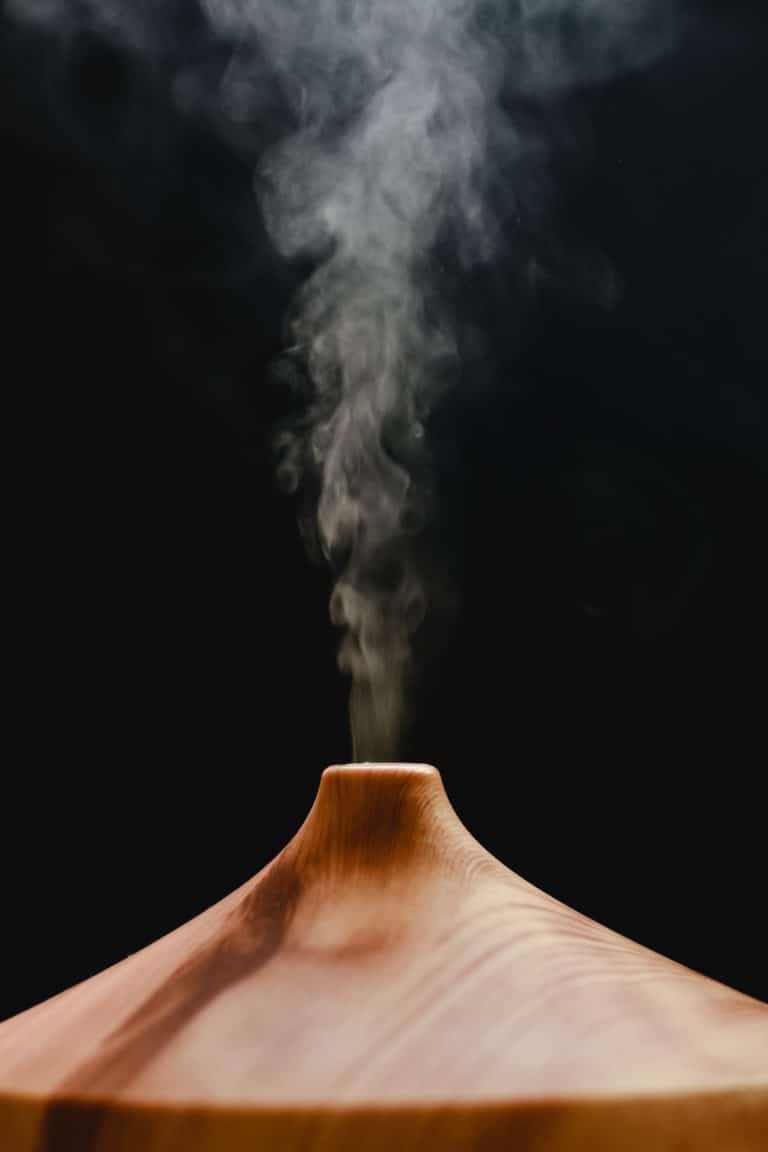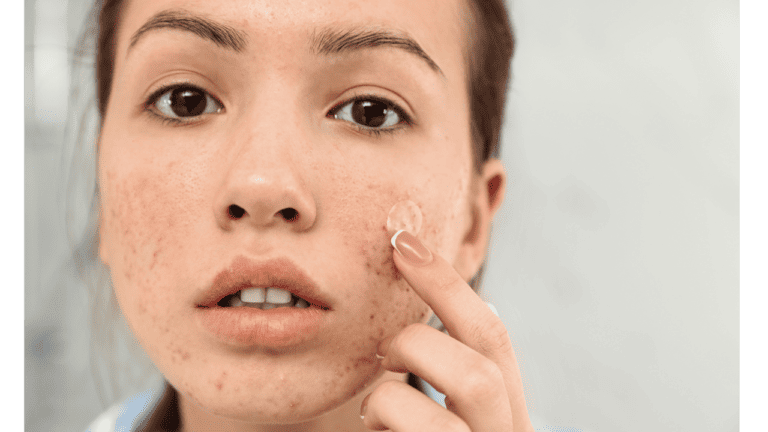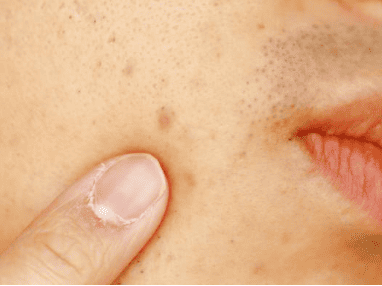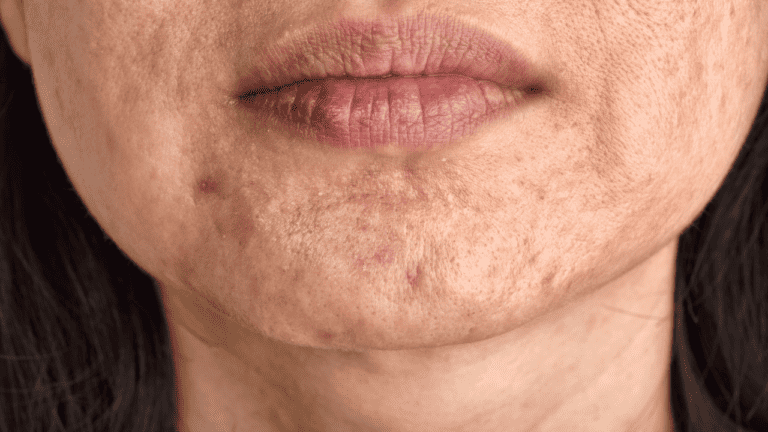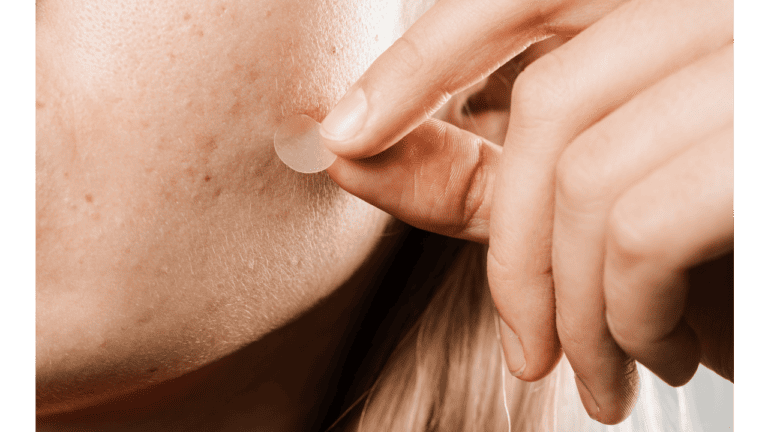Welcome to our exploration of a remarkable ingredient that’s taking the skincare world by storm: snail mucin. Known for its hydrating and regenerative properties, snail mucin has become a go-to for skincare enthusiasts seeking natural solutions. However, with its rise in popularity comes a crucial conversation about ethical sourcing.
In this blog, we’ll delve into the environmental and sustainability aspects of snail mucin procurement. Understanding where our skincare ingredients come from is not just about ensuring quality, but also about supporting practices that respect animal welfare and preserve our environment. Join us as we navigate the intricate balance between beauty and responsibility.
Key takeaways
- Ethical sourcing and sustainable practices in snail mucin production are crucial for animal welfare and environmental conservation.
- Innovations in cruelty-free extraction methods and sustainable farming are shaping the future of snail mucin in skincare.
- Consumer choices play a significant role in promoting ethical practices and potentially paving the way for synthetic alternatives.
Understanding Snail Mucin
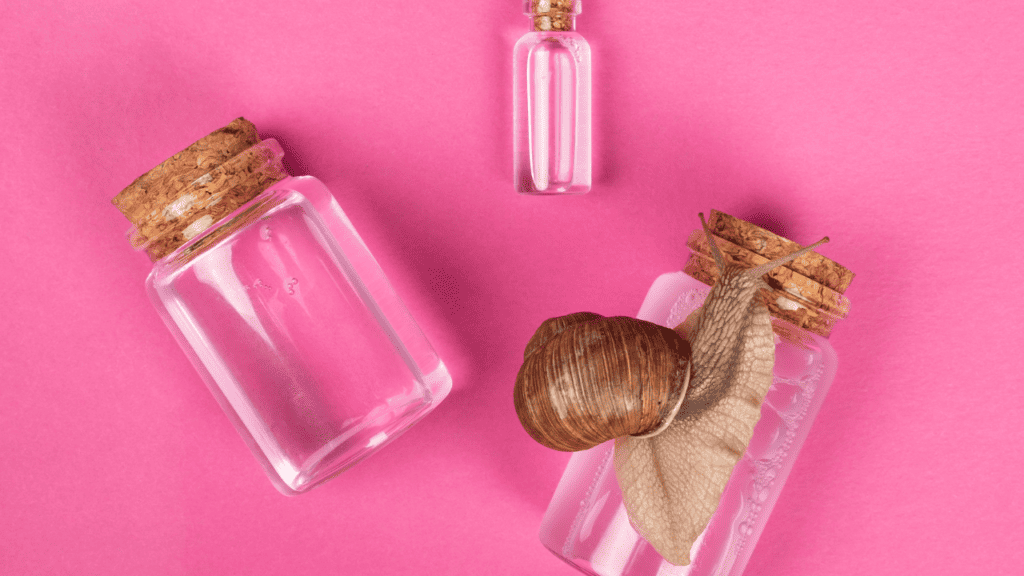
Composition and Benefits
Snail mucin, a key ingredient in many skincare products, is renowned for its remarkable skin-rejuvenating properties. This naturally occurring secretion from snails is rich in proteins, glycolic acids, elastin, and antioxidants.
These components work synergistically to hydrate the skin, promote collagen production, and aid in cellular repair. Its ability to reduce fine lines, scars, and acne marks while enhancing skin texture has made it a favorite among skincare enthusiasts.
Historical and Current Uses in the Beauty Industry
The use of snail mucin in skincare isn’t a modern innovation. Dating back to ancient Greece, it was used for its healing properties. In more recent times, especially in Korean and French skincare, it has seen a resurgence. Its versatility allows it to be incorporated into various products like creams, serums, and masks.
The contemporary beauty industry, with a growing focus on natural and effective ingredients, has embraced snail mucin for its multifaceted benefits, establishing it as a staple in skincare routines worldwide.
The Ethical Concerns
Traditional Methods of Extracting Snail Mucin
The process of extracting snail mucin has raised ethical concerns. Traditionally, snails are stressed to stimulate the secretion of mucin. This method, while effective in mucin collection, raises significant animal welfare issues.
The stress inflicted on snails can lead to harm and a decrease in their lifespan, posing a moral dilemma for ethically conscious consumers and brands.
Potential Harm and Stress to Snails
The well-being of snails in mucin extraction is a contentious topic. The conventional methods often overlook the stress and potential harm inflicted on these creatures. Snails are sensitive to environmental changes, and stress can impact their health adversely.
Ethical sourcing thus becomes a critical consideration, ensuring that the beauty products we use do not come at the cost of animal welfare.
Ethical Implications for Animal Welfare
The skincare industry is increasingly being held accountable for its practices. Ethical sourcing extends beyond just the quality of ingredients; it encompasses the treatment of animals involved in the process.
Consumers are now more aware and concerned about how products are made, leading to a demand for transparency and cruelty-free practices.
Sustainable and Ethical Sourcing Practices
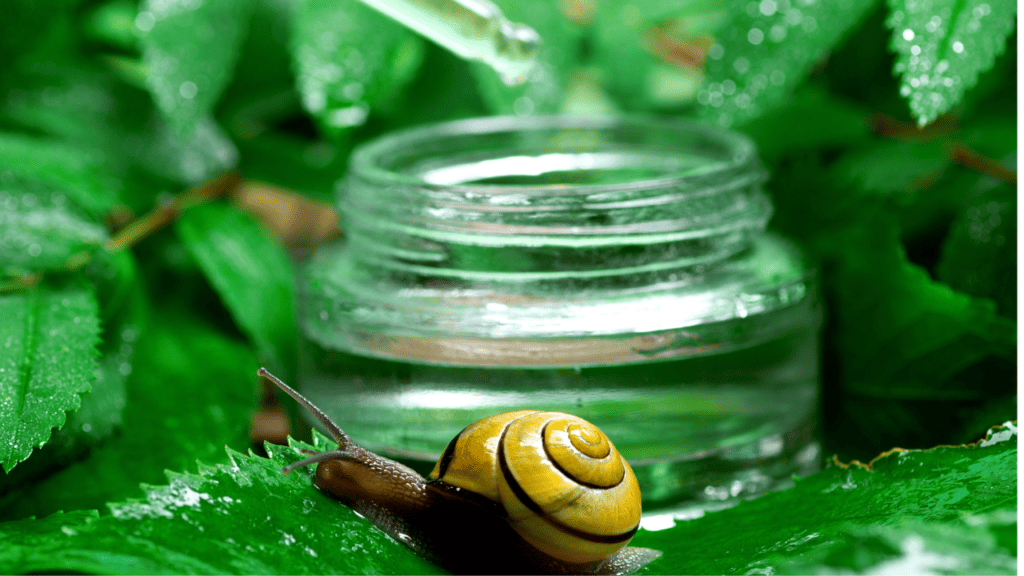
Innovations in Humane Extraction Methods
Responding to ethical concerns, the industry has seen innovations in humane snail mucin extraction. Methods that do not stress or harm snails are being developed.
These include creating a safe and comfortable environment for snails to naturally secrete mucin, which is then collected without causing them any distress. This shift not only aligns with ethical standards but also ensures the quality and efficacy of the mucin.
The Role of Certifications and Regulations in Ensuring Ethical Sourcing
Certifications and regulations play a crucial role in ensuring the ethical sourcing of snail mucin. Certifying bodies and industry regulations set standards that brands must adhere to for ethical certification.
These guidelines ensure that the products are sourced responsibly, with respect to animal welfare and environmental sustainability. As consumers become more discerning, such certifications become a key factor in their purchasing decisions, encouraging more brands to adopt ethical practices.
Environmental Impact
The Ecological Footprint of Snail Farming
The rise in demand for snail mucin has led to an increase in snail farming, which, like any form of farming, comes with an environmental footprint. It involves land use, water consumption, and the management of waste products.
Sustainable snail farming practices are crucial to minimize the impact on the environment. This includes using organic farming methods, recycling waste, and ensuring efficient use of resources. The goal is to balance the commercial benefits of snail mucin production with ecological responsibility.
Balancing Industry Demands with Environmental Conservation
The challenge lies in meeting the growing industry demands while conserving the environment. Sustainable practices in snail farming, such as controlled breeding programs and minimizing the use of chemicals, can help in maintaining ecological balance.
It’s essential for the industry to invest in research and development to find ways to scale production sustainably. Collaboration between environmentalists, scientists, and businesses is key to finding solutions that benefit both the industry and the environment.
Examples of Sustainable Snail Farming Practices
Innovative and sustainable snail farming practices are emerging. These include integrated farming systems where snails are farmed alongside other agricultural activities, promoting biodiversity and reducing waste.
The use of renewable energy sources in farming and processing mucin also contributes to sustainability. Such practices not only enhance the ecological aspect of snail mucin production but also ensure long-term viability and acceptability in the market.
The Future of Snail Mucin in Skincare

Emerging Trends and Research in Ethical Sourcing
The future of snail mucin in skincare looks promising, with ongoing research and development in ethical sourcing methods. There’s a growing trend towards transparency in sourcing and production processes.
Advanced research is focusing on improving the quality of mucin while ensuring the well-being of snails and minimizing environmental impact. These developments are crucial in maintaining consumer trust and industry credibility.
Consumer Responsibility and the Impact of Informed Choices
As consumers become more informed, their choices begin to influence industry practices. Consumer demand for ethical and sustainable products drives brands to adopt responsible sourcing methods.
By choosing products that are ethically sourced and environmentally friendly, consumers play a vital role in shaping the future of the skincare industry. Their awareness and actions can lead to a significant shift towards more sustainable practices industry-wide.
The Potential Shift Towards Synthetic Alternatives
There’s also a growing interest in developing synthetic alternatives to snail mucin. Biotechnology advancements may soon provide alternatives that mimic the properties of natural snail mucin without any animal involvement.
This shift could offer a solution to ethical concerns while catering to the increasing demand for snail mucin in skincare. It presents an exciting frontier in the industry, blending science and ethics to create innovative skincare solutions.
conclusion
As we reach the end of our journey through the world of snail mucin, it’s clear that this unique skincare ingredient is more than just a trend. It’s a symbol of the growing need for ethical and sustainable practices in the beauty industry.
The choices we make as consumers have far-reaching impacts, extending beyond our skin to the wellbeing of animals and the health of our planet. By opting for products that prioritize humane and eco-friendly sourcing methods, we contribute to a more responsible and sustainable future. Remember, every product we choose is a vote for the kind of world we want to live in. Let’s make choices that reflect our commitment to beauty, ethics, and sustainability.
FAQs
Why are ethical sourcing and sustainability important in snail mucin production?
Ethical sourcing ensures animal welfare, and sustainability minimizes environmental impact, making the industry more responsible and eco-friendly.
How is snail mucin ethically sourced?
Ethical sourcing involves humane methods of extraction that do not stress or harm snails, often through creating a comfortable environment for natural secretion.
What are the environmental impacts of snail mucin production?
Snail farming for mucin production can impact the environment through land and water use, but sustainable practices help minimize this footprint.

